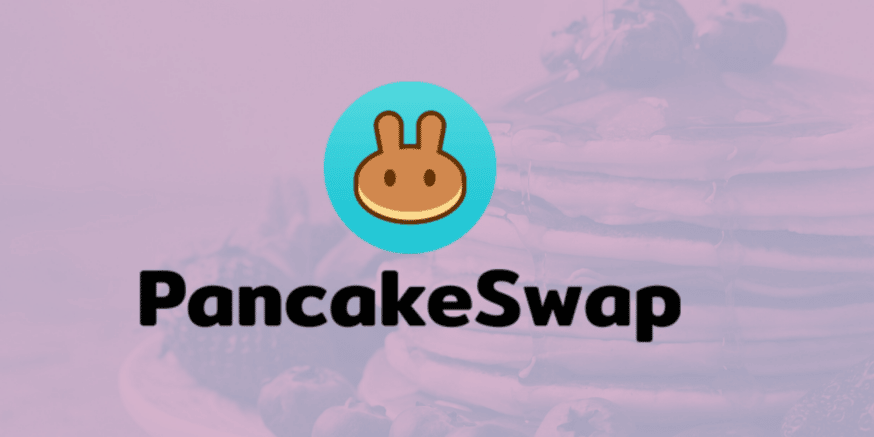TLDR
- PancakeSwap’s CakePad allows early access to new tokens with no staking requirements.
- 100% of participation fees in CakePad will be burned to support CAKE’s deflationary goals.
- The new format removes staking and lock-ups, allowing more flexible participation.
- CakePad’s sales aim to reduce CAKE token supply through a buyback-and-burn system.
PancakeSwap, the largest decentralized exchange (DEX) on BNB Chain, has introduced CakePad, a platform that provides users with early access to new tokens. This feature rebrands the platform’s earlier Initial Farm Offerings (IFO) model. CakePad allows users to commit CAKE tokens during a sale window and claim new tokens without requiring staking or lock-ups.
With this change, PancakeSwap aims to simplify the token launch process for users. By eliminating the need for staking, the platform makes it easier for anyone to participate in early-stage token sales. Users can now engage in the sale of tokens before they are listed on exchanges. The shift from IFO to CakePad focuses on making token participation more accessible and user-friendly.
A Focus on Simplicity and Flexibility
CakePad offers a more flexible participation model compared to traditional early-access platforms in the crypto space. While other centralized exchanges, like Binance, require users to lock exchange tokens or accumulate platform points for participation, PancakeSwap’s new model operates with no lock-ups or staking requirements. The platform’s emphasis on non-custodial participation means users retain full control of their assets throughout the process.
This updated model aims to provide users with more flexibility. PancakeSwap wrote on X, “No staking. No lock-ups. Just commit CAKE and claim new tokens.” This simplified process eliminates some of the common barriers users faced when engaging with IFOs, making early token access more accessible to a wider audience.
Burning Participation Fees to Support CAKE Tokenomics
PancakeSwap has linked CakePad’s participation model to a deflationary goal for its native token, CAKE. According to the platform, 100% of the participation fees collected through CakePad will be burned. This mechanism is designed to reduce the overall supply of CAKE tokens, supporting its value over time.
The buyback-and-burn system aligns with PancakeSwap’s broader tokenomics goals, which aim for an annual deflation of approximately 4% and a projected 20% reduction in supply by 2030.
Through this process, PancakeSwap hopes to create a sustainable token ecosystem. The reduction in CAKE’s supply, combined with a growing utility for the token, is intended to benefit the broader PancakeSwap community. PancakeSwap also highlighted that when sales are oversubscribed, a fair tiered subscription tax will be introduced. The tax rate will decrease as oversubscription rises, ensuring a more balanced and equitable participation process for all users.
Future Developments and Token Listings
While PancakeSwap has not disclosed any specific projects or timelines for the first CakePad sales, the platform has made it clear that CakePad will offer users early access to tokens before they are listed on major exchanges.
PancakeSwap’s integration of this model into its CAKE Tokenomics 3.0 strategy shows a focus on creating additional utility for the CAKE token. The platform’s commitment to transparency and user-friendly processes will likely attract a larger pool of participants as more tokens are listed through CakePad.
As PancakeSwap continues to innovate with its CakePad feature, users can expect more opportunities for participation in the early stages of token launches. By offering a straightforward process and a deflationary burn mechanism, CakePad positions itself as an appealing option for crypto enthusiasts looking to explore new projects before they hit the mainstream market.






